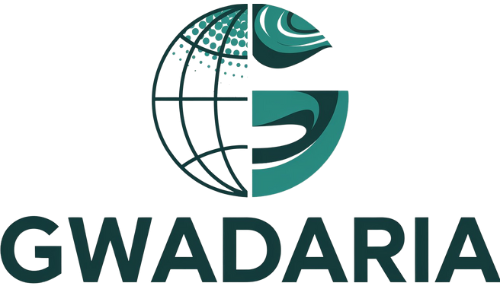In as we speak’s quickly evolving digital panorama, managing cyber danger has turn out to be important for sustaining company progress and resilience. Cyber danger administration requires balancing company progress in opposition to the evolving ways of menace actors and governmental rules – a frightening process that requires steady measurement and strategic reflection. Our newest report, State of Cybersecurity 2024 | ASX 200, examines these elements throughout Australia’s largest firms, figuring out technological components that relate to recognized threats and upcoming laws, such because the Cyber Safety Invoice 2024. By calculating a cyber danger rating primarily based on these technical elements, we go additional to check danger between firms, throughout industries, and over time.
This report is designed for these centered on strengthening Australia’s cyber defenses, together with:
Know-how implementers seeking to determine crucial danger elements and their technical controls.Executives seeking to benchmark their organizations in opposition to friends listed on the ASX or requirements just like the Protecting Safety Coverage Framework.Coverage makers seeking to perceive the important thing dangers impacting Australian industries and important infrastructure.Obtain the ASX 200 report.
On this 12 months’s report, we make the most of information from Cybersecurity’s proprietary scanning expertise to determine areas of vulnerability throughout the ASX and with particular industries. Some highlights embrace:
Over 50% of ASX firms present varied points with TLS connections for encrypting visitors, like weak ciphers that “nation-state and sufficiently resourced actors are able to exploit”, expired certificates, or just no encryption in any respect. TLS is a well-established greatest observe, and gaps in TLS implementation have a powerful correlation with safety incidents. 46% of ASX 200 firms lack DMARC, an e mail authentication technique used to forestall phishing. In Might 2024, the U.S. Division of State reported that North Korean teams had been actively exploiting organizations with insufficient or non-existent DMARC insurance policies. General, we observe enhancements within the cyber danger scores of ASX 200 firms and of their trade groupings, however this sample just isn’t common. For every trade, we spotlight the businesses which have improved or declined probably the most. Notably, one of many two industries to point out a collective decline is Utilities – a part of Australia’s important infrastructure lined by the upcoming Cybersecurity Invoice.
Along with the chosen key findings, the report offers an intensive evaluation of every of the 11 industries – how they examine to one another, their year-over-year efficiency, which safety domains contribute probably the most to their danger rating, and detailed scoring for one of the best and worst performers.
These firms not solely signify the most important focus of capital in Australia, but in addition signify key distributors for different companies and customers. By highlighting each strengths and weaknesses, we goal to advance the shared mission of enhancing Australia’s cyber resilience.
Obtain the report as we speak.
Able to see Cybersecurity in motion?
Prepared to save lots of time and streamline your belief administration course of?

